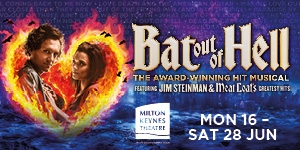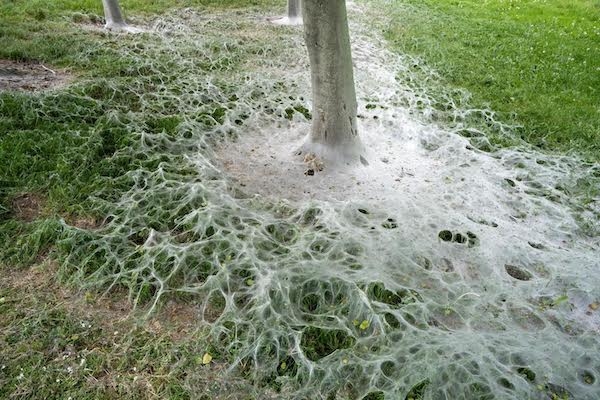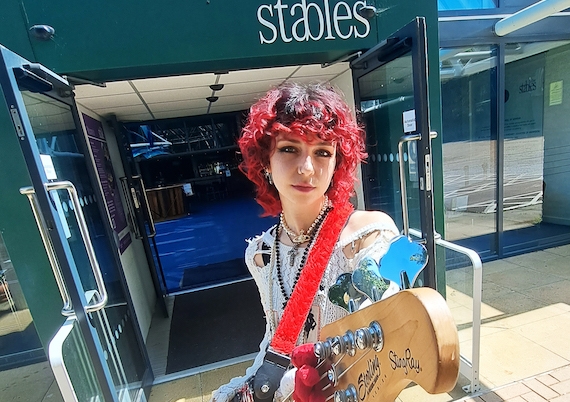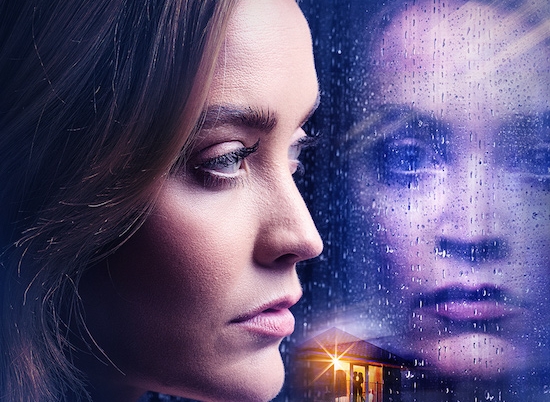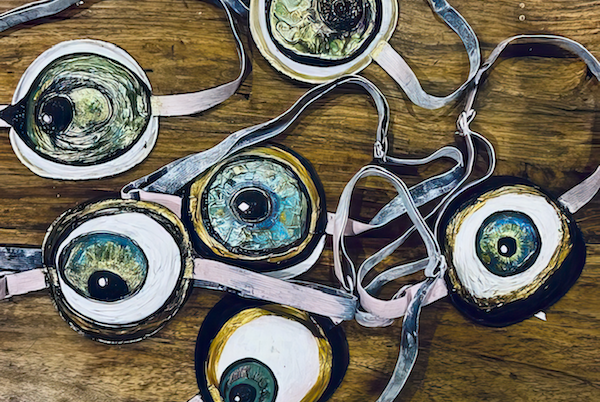'A Christmas Carol' is a part of the essential fabric of Christmas. A timeless tale of redemption, forgiveness and the power of good, 'A Christmas Carol' arose out of Charles Dickens's Christian values and his belief in the importance to all families of upholding Christmas, but also acted as a wry political statement on fading moral values, greed and turning a blind eye to the needs of the poor.
The miserly, cantankerous, cold-hearted Ebeneezer Scrooge may seem like a perfect comedic creation, but he was, for Dickens, the very embodiment of what was wrong with the middle tier of Victorian society - self-centred, cruel and a supporter of social inequality. 'A Christmas Carol' was, above all, Dickens's way of reminding 19th Century society of the need for charity and goodwill, using the backdrop of Christmas to reinforce his message.
In his later years, Dickens filled theatres and halls across Britain with readings of 'A Christmas Carol', eventually taking his one man show across the Atlantic to America. It's the legacy of those shows that Gerald Dickens - actor, producer, director and great, great grandson of Charles - has made his own since 1993, creating his own solo performance of his famous ancestor's Christmas story which he has presented to audiences in the UK and US ever since.
Using the modicum of props - a chair, a stool, a table, a hatstand, a walking stick - Dickens effortlessly brought the familiar story to life, imbuing each scene and passage with powerfully rich intonation, and creating each character with distinctive, authentic qualities. At the centre of the visiting phantoms, Cratchits and echoes from past, present and future, is Gerald Dickens's Scrooge.
The Scrooge of the first half is a twisted, bitter man, seething with contempt for the festive season and everything associated with it. By the start of the second act, having been reminded of the Christmases he enjoyed as a child, Scrooge is well on his way to enlightenment, becoming a desperate, changed man. As Scrooge undergoes his metamorphosis, the mood becomes lighter, the depictions of the individuals more playful, even as the central character remains uncertain of his fate.
Dickens is an endearing performer, an understated, energetic master of this story, and at times you could believe that this was the ghost of Dickens past standing before you rather than a distant descendant. His rendition of 'A Christmas Carol' is at once true to his forebear's original and yet unique in its delivery. This being Christmas, there were occasional moments that bordered on panto-esque audience interaction, but that levity was a necessary tool in the challenge of giving life to some twenty-six individual characters.
There have been countless versions of this story on stage and screen - in its inimitable way, Disney have re-told the story at least twice for example, once with Mickey Mouse playing the downtrodden but hopeful Bob Cratchit - but the way with which Dickens lifts the characters from the page seemed more genuine, more authentic and more befitting of this wonderfully enduring tale. Anyone who has let a chill creep into their heart during the course of the year should seek out a performance by Gerald Dickens and appreciate this life-affirming story all over again.
Words: Mat Smith
@mjasmith



